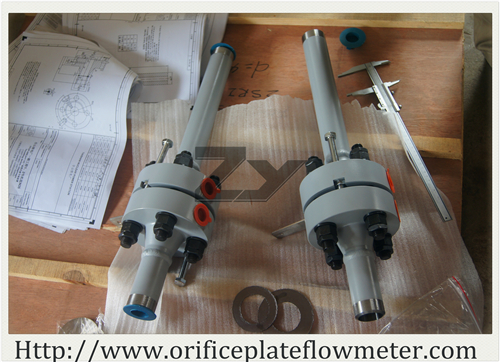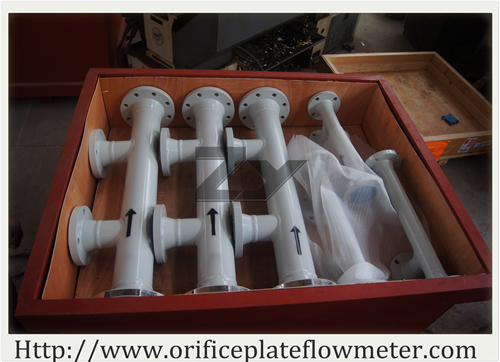Restriction orifice (RO)is mainly used to achieve controlled or restricted flow of process medium. The orifice offers a restriction to the process flow and the pressure head drops from the upstream to the downstream. The permanent pressure loss by the device is the intended pressure drop for which it is sized. The area of the orifice determines the rate of flow at the outlet of a given process fluid for the specified pressure and temperature.
Codes and Standards
Though no internationally reputed codes and standards exist which directly address a restriction orifice but there are associated references and some are listed below:
ISO 5167 Part 1: Measurement of fluid flow by means of pressure differential devices inserted in circular cross-section conduits running full – Part 1: General principles and requirements.
ISO 5167 Part 2: Measurement of fluid flow by means of pressure differential devices inserted in circular cross-section conduits running full – Part 2: Orifice plates.
Types of restriction orifice plates
Single Stage Restriction Plate
Multi Hole Restriction Plate
Multi Stage Restriction Orifice Plate Assembly
Restriction orifice calculation
When requested , flow calculations can be made for determining bore diameter according to ISO 5167-2 : 2003, ASME 3M (2004), ANSI 2530/AGA-3/API – Ch.14
Application of restriction orifice plates
Followings are a few examples of common applications where these restriction orifice devices are used to achieve controlled flow from the upstream to the downstream. Restriction orifices are often exposed to severe flow conditions associated with large pressure reductions and the related fluid conditions caused by liquids flashing to a gas, cavitation, and sonic (choked) flow. Hence such conditions also are taken into consideration.
-Restriction Orifice (RO) at the downstream of blowdown valves.
-Restriction Orifice (RO) in pump recirculation line.
-Restriction Orifice (RO) to restrict gas blow-by.
-Restriction Orifice (RO) to check excess flow.
-Restriction Orifice (RO) for controlled pressurization.






